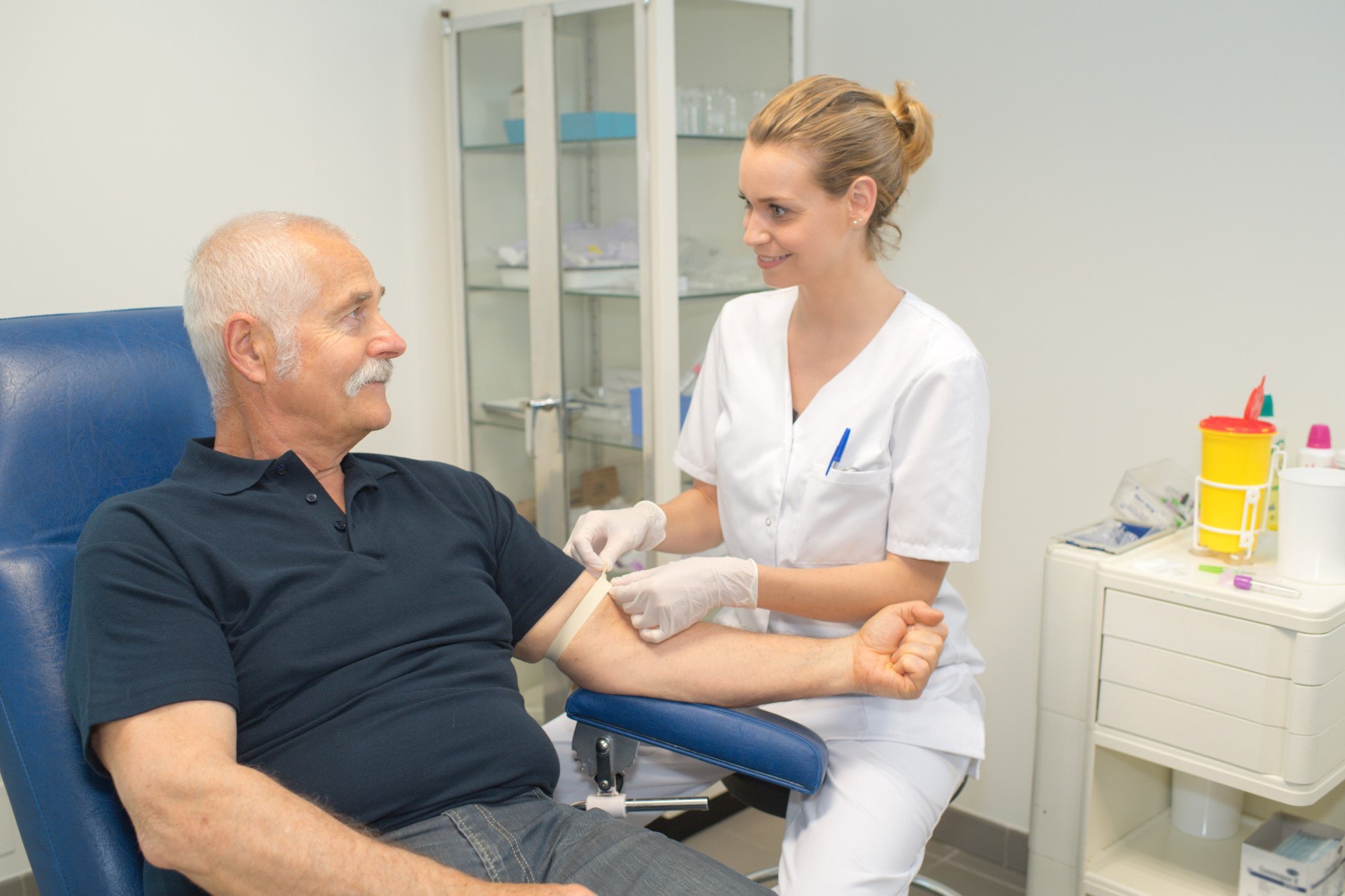Unknown Facts About Northeast Medical Institute - New Haven Campus Phlebotomy Course & Cna Class
Unknown Facts About Northeast Medical Institute - New Haven Campus Phlebotomy Course & Cna Class
Blog Article
How Northeast Medical Institute - New Haven Campus Phlebotomy Course & Cna Class can Save You Time, Stress, and Money.
Table of ContentsUnknown Facts About Northeast Medical Institute - New Haven Campus Phlebotomy Course & Cna ClassA Biased View of Northeast Medical Institute - New Haven Campus Phlebotomy Course & Cna ClassNot known Incorrect Statements About Northeast Medical Institute - New Haven Campus Phlebotomy Course & Cna Class Not known Facts About Northeast Medical Institute - New Haven Campus Phlebotomy Course & Cna ClassThe Best Strategy To Use For Northeast Medical Institute - New Haven Campus Phlebotomy Course & Cna Class3 Simple Techniques For Northeast Medical Institute - New Haven Campus Phlebotomy Course & Cna Class
The usage of such tools must be gone along with by other infection prevention and control practices, and training in their usage. Not all security devices are appropriate to phlebotomy. Prior to choosing a safety-engineered gadget, individuals need to thoroughly check out offered tools to establish their ideal use, compatibility with existing phlebotomy practices, and effectiveness in protecting personnel and individuals (12, 33).For setups with low resources, expense is a driving factor in purchase of safety-engineered tools - CNA Classes. Where safety-engineered devices are not offered, skilled usage of a needle and syringe is acceptable. Unintended exposure and particular details concerning an occurrence must be taped in a register. Support solutions ought to be promoted for those that undergo unintentional exposure.
labelling); transport conditions; interpretation of results for scientific monitoring. In an outpatient division or center, supply a dedicated phlebotomy work area containing: a clean surface area with 2 chairs (one for the phlebotomist and the various other for the individual); a hand wash container with soap, running water and paper towels; alcohol hand rub. In the blood-sampling room for an outpatient division or clinic, offer a comfortable reclining sofa with an arm rest.
What Does Northeast Medical Institute - New Haven Campus Phlebotomy Course & Cna Class Do?
Make certain that the signs for blood sampling are plainly specified, either in a created protocol or in recorded directions (e.g. in a research laboratory type). Accumulate all the equipment required for the procedure and location it within safe and easy reach on a tray or cart, ensuring that all the things are clearly visible.
Where the patient is adult and conscious, adhere to the actions described listed below. Present on your own to the client, and ask the individual to mention their full name. Check that the lab kind matches the client's identification (i.e. match the client's details with the laboratory type, to guarantee precise recognition). Ask whether the license has allergies, fears or has actually ever fainted throughout previous injections or blood draws.
Make the person comfy in a supine placement (if feasible). The client has a right to refuse an examination at any type of time before the blood sampling, so it is important to guarantee that the client has comprehended the procedure - Phlebotomy Courses.
About Northeast Medical Institute - New Haven Campus Phlebotomy Course & Cna Class
Expand the individual's arm and evaluate the antecubital fossa or lower arm. Situate a vein of a good size that is visible, straight and clear.
DO NOT place the needle where capillaries are drawing away, due to the fact that this increases the chance of a haematoma. Locating the blood vessel will assist in identifying the right dimension of needle.
Haemolysis, contamination and presence of intravenous fluid and medicine can all modify the results (39. Nursing team and medical professionals might access central venous lines for samplings adhering to procedures. However, samplings from central lines carry a threat of contamination or erroneous lab test outcomes (https://www.kickstarter.com/profile/northeastmed/about). It serves, yet not optimal, to attract blood specimens when initial introducing an in-dwelling venous device, prior to attaching the cannula to the intravenous liquids.
Northeast Medical Institute - New Haven Campus Phlebotomy Course & Cna Class - Questions
Allow the area to completely dry. Failure to allow sufficient call time enhances the threat of contamination. DO NOT touch the cleaned up site; specifically, DO NOT place a finger over the vein to lead the shaft of the subjected needle. It the site is touched, repeat the disinfection. Carry out venepuncture as adheres to.
Ask the patient to develop a hand so the blood vessels are a lot more prominent. Go into the blood vessel swiftly at a 30 degree angle or much less, and remain to present the needle along the vein at the simplest angle of access - CNA Training. Once enough blood has been collected, release the tourniquet BEFORE withdrawing the needle
Some Ideas on Northeast Medical Institute - New Haven Campus Phlebotomy Course & Cna Class You Need To Know
Withdraw the needle gently and apply gentle stress to the site with a clean gauze or completely dry cotton-wool round. Ask the patient to hold the gauze or cotton woollen in location, with the arm prolonged and raised. Ask the person NOT to bend the arm, due to the fact that doing so causes a haematoma.

Unknown Facts About Northeast Medical Institute - New Haven Campus Phlebotomy Course & Cna Class
Where feasible, maintain the tubes in a shelf and move the rack towards you - https://northeastmed.weebly.com. If the example tube does not have a rubber stopper, inject exceptionally gradually into the tube as decreasing the stress and rate used look at more info to move the sampling reduces the threat of haemolysis.

Report this page